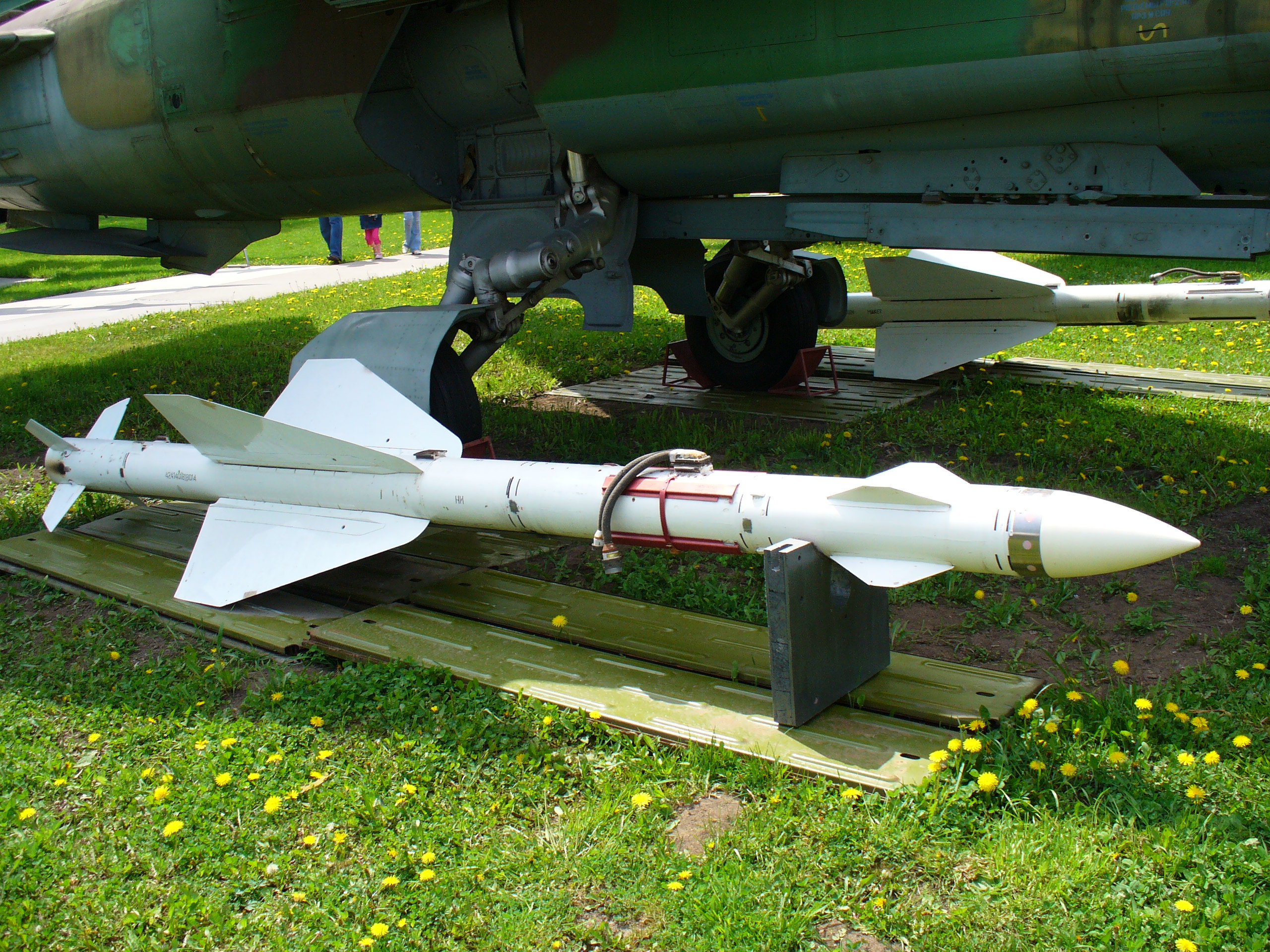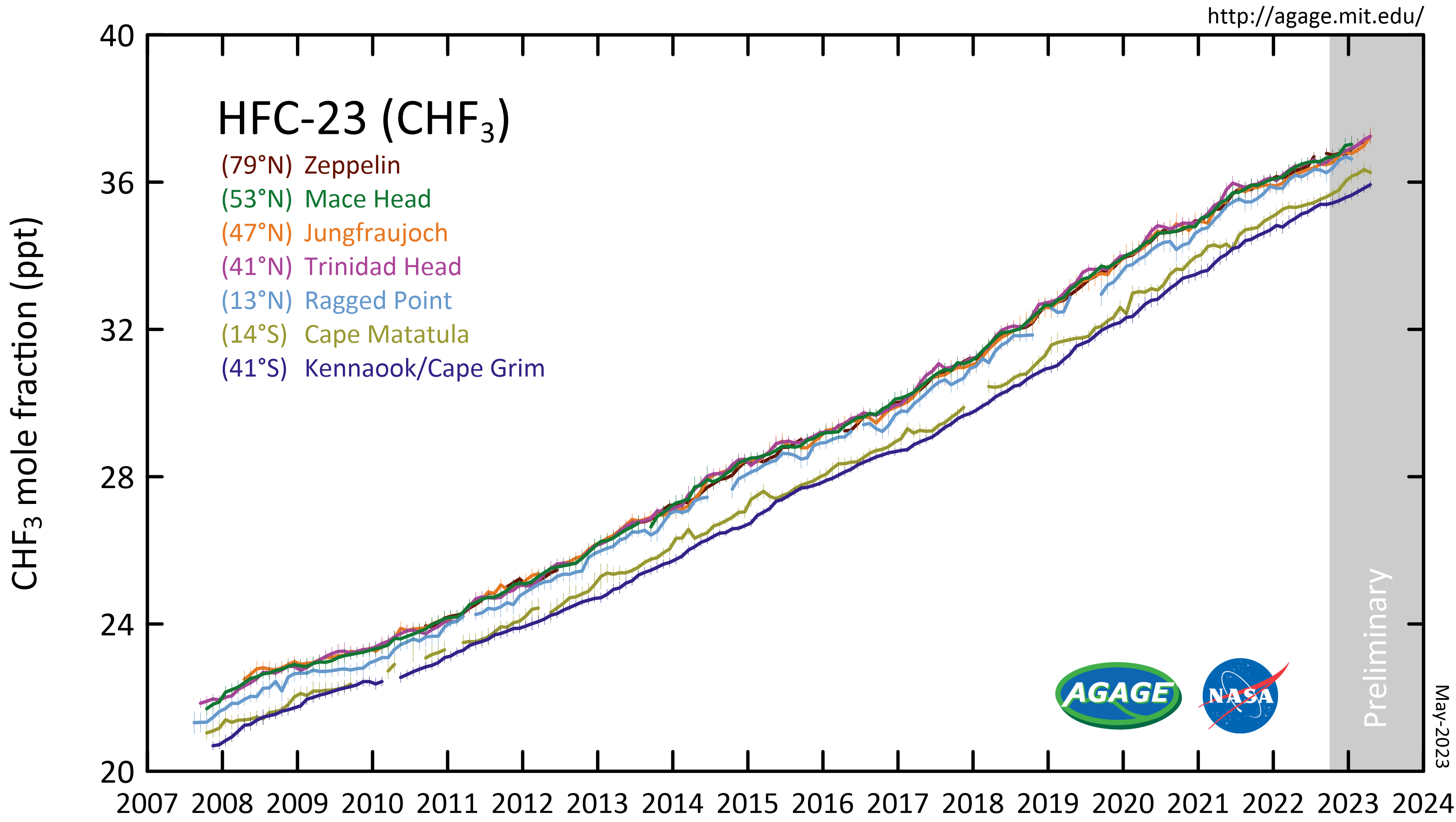|
R23
R23 or R-23 may refer to: Military * R-23 (missile), a Soviet air-to-air missile * , a destroyer of the Royal Navy * Rikhter R-23, a Soviet aircraft autocannon * , a submarine of the United States Navy Roads * R23 road (Belgium) * R-23 regional road (Montenegro) * R23 highway (Russia) * R23 (South Africa) Other uses * R23: Toxic by inhalation, a risk phrase * Fluoroform, a refrigerant * Kwambi dialect * Renault R23 The Renault R23 is a Formula One car that competed in the 2003 Formula One season. The driver lineup were Jarno Trulli and Fernando Alonso who replaced Jenson Button who left for British American Racing. Design and development The chassis was ..., a Formule One racing car * Rubik R-23 Gébics, a Hungarian training glider {{Letter-NumberCombDisambig ... [...More Info...] [...Related Items...] OR: [Wikipedia] [Google] [Baidu] |
Renault R23
The Renault R23 is a Formula One car that competed in the 2003 Formula One season. The driver lineup were Jarno Trulli and Fernando Alonso who replaced Jenson Button who left for British American Racing. Design and development The chassis was designed by Mike Gascoyne, Bob Bell, Tim Densham and John Iley with Pat Symonds overseeing the design and production of the car as executive director of Engineering and Jean-Jacques His leading the engine design. Renault was innovative during this period producing non-standard designs such as the 111° 10-cylinder engine for the 2003 RS23 which was designed to effectively lower the center of gravity of the engine and thus improve the car's handling. This eventually proved too unreliable and heavy, so Renault returned to a 72 degree vee angle with the following year's R24. R23B A "B Specification" car named the Renault R23B made its debut at the British Grand Prix and used for the remainder of the 2003 season. Racing history The R ... [...More Info...] [...Related Items...] OR: [Wikipedia] [Google] [Baidu] |
R23 (South Africa)
The R23 is a provincial route in South Africa that links Benoni with Volksrust via Brakpan, Heidelberg and Standerton. Route The R23 begins at the suburb of Birchleigh in the city of Kempton Park, Ekurhuleni, Gauteng at an intersection with the M57 Municipal Route (just south of the M57 Route's intersection with the R25). It heads south-east, bypassing the Glen Marais suburb, before crossing the R21 freeway (Pretoria-Boksburg Highway) as High Road. It then crosses the M32 municipal road and becomes the road separating the Pomona and Bredell suburbs, before leaving Kempton Park and entering Benoni. The first suburb it passes through is Brentwood Park, where it joins the M45 municipal route by way of a left turn onto Great North Road. At the next junction, the M45 becomes the road to the left (east) towards the Rynfield suburb, leaving the R23 as Great North Road south into Benoni central. It crosses the N12 toll highway southwards as Tom Jones Street (and as Bunyan Street ... [...More Info...] [...Related Items...] OR: [Wikipedia] [Google] [Baidu] |
R-23 (missile)
The Vympel R-23 ( NATO reporting name AA-7 ''Apex'') is a medium-range air-to-air missile developed by Vympel in the Soviet Union for fighter aircraft. An updated version with greater range, the R-24, replaced it in service. It is comparable to the American AIM-7 Sparrow, both in terms of overall performance as well as role. Development Design of a new missile to arm the MiG-23 fighter started in the mid-1960s under the direction of V.A. Pustyakov's design team. Known as the K-23 during its design, the new weapon was intended for use against bomber-sized targets, with "snap-up" capability to attack targets at higher altitude than the launch aircraft. It originally was intended to have a dual-mode seeker using both semi-active radar homing (SARH) and infrared (IR) guidance, but this proved unfeasible, and separate SARH and IR models (''Izdeliye'' (Product) 340 and 360, respectively) were developed instead. Test firings were carried out in 1967, although the SARH missile's se ... [...More Info...] [...Related Items...] OR: [Wikipedia] [Google] [Baidu] |
R23 Road (Belgium)
In Belgium, the motorways ( nl, autosnelwegen; french: autoroutes; german: Autobahnen) are indicated by an A and an E (for European) number. The E numbers are used most often. Roads that are (part of) a ring road around a town or city are mostly indicated by an R number. Since 1989, all highways are built and maintained by the governments of the three regions (Flanders, Wallonia and Brussels). For safety on motorways in Belgium, * 60% of killed travelers did not wear their seat-belt; * 38% of crash are impacted by speed; * around 30% of accident occur near or on a motorway exit or entry, and 5% of accidents are in a junction; * 19% of drivers were stopped at the time of the accident; * 13% of accidents occur in a work zone. A1 - A12 (Radial Motorways) This first list concerns the motorways that start from the ring of Brussels to other cities and are clockwise: A1 towards the north, A2 towards the north-east, A3 towards the east, etc. NB. the motorways A5, A6 and A9 have n ... [...More Info...] [...Related Items...] OR: [Wikipedia] [Google] [Baidu] |
R23 Highway (Russia)
Russian route R23 or Pskov Highway russian: Федера́льная автомоби́льная доро́га Р23 «Псков» is a Russian federal motorway that runs from Saint Petersburg through Pskov until the border with Belarus. It is part of European route E95. Before 2018 the route was designated as M20. Since Soviet times The history of Soviet Russia and the Soviet Union (USSR) reflects a period of change for both Russia and the world. Though the terms "Soviet Russia" and "Soviet Union" often are synonymous in everyday speech (either acknowledging the dominance ... it has sometimes been called "Kiev Highway". References Roads in Russia Transport in Leningrad Oblast European route E95 {{Russia-road-stub ... [...More Info...] [...Related Items...] OR: [Wikipedia] [Google] [Baidu] |
Rikhter R-23
The Rikhter R-23 is an aircraft autocannon developed for the Soviet Air Force starting in the late 1950s. It was designed to be as short as possible to avoid problems found on high-speed aircraft when the guns were pointed into the airstream. The R-23 was a gas operated revolver cannon that used gas bled from holes in the barrel to provide the motive force. Firing up to 2,600 rpm, the R-23 was the fastest firing single-barrel cannon ever introduced into service. The R-23 took some time to develop, and was not used operationally until 1964. It was used only in the tail turret of the Tu-22, and experimentally on the Salyut 3 space station. Its role was taken over by the twin-barrel Gryazev-Shipunov GSh-23. A modified version of the weapon was the only cannon to have been fired in space. Development In the late 1940s and the early 1950s tests with defensive bomber turret cannons resulted in problems caused by the air flow affecting the weapons' barrel. Among these were the wide ... [...More Info...] [...Related Items...] OR: [Wikipedia] [Google] [Baidu] |
R-23 Regional Road (Montenegro)
R-23 regional road ( cnr, Regionalni put R-23) is a Montenegrin roadway. History In January 2016, the Ministry of Transport and Maritime Affairs published bylaw on categorisation of state roads. With new categorisation, R-23 was created from several municipal roads. Major intersections References {{Highways in Montenegro R-23 ... [...More Info...] [...Related Items...] OR: [Wikipedia] [Google] [Baidu] |
Toxic By Inhalation
Toxicity is the degree to which a chemical substance or a particular mixture of substances can damage an organism. Toxicity can refer to the effect on a whole organism, such as an animal, bacterium, or plant, as well as the effect on a substructure of the organism, such as a cell (cytotoxicity) or an organ such as the liver (hepatotoxicity). By extension, the word may be metaphorically used to describe toxic effects on larger and more complex groups, such as the family unit or society at large. Sometimes the word is more or less synonymous with poisoning in everyday usage. A central concept of toxicology is that the effects of a toxicant are dose-dependent; even water can lead to water intoxication when taken in too high a dose, whereas for even a very toxic substance such as snake venom there is a dose below which there is no detectable toxic effect. Toxicity is species-specific, making cross-species analysis problematic. Newer paradigms and metrics are evolving to bypass an ... [...More Info...] [...Related Items...] OR: [Wikipedia] [Google] [Baidu] |
Fluoroform
Trifluoromethane or fluoroform is the chemical compound with the formula CHF3. It is one of the " haloforms", a class of compounds with the formula CHX3 (X = halogen) with C3v symmetry. Fluoroform is used in diverse applications in organic synthesis. It is not an ozone depleter but is a greenhouse gas. Synthesis About 20M kg/y are produced industrially as both a by-product of and precursor to the manufacture of Teflon. It is produced by reaction of chloroform with HF: :CHCl3 + 3 HF → CHF3 + 3 HCl It is also generated biologically in small amounts apparently by decarboxylation of trifluoroacetic acid. Historical Fluoroform was first obtained by Maurice Meslans in the violent reaction of iodoform with dry silver fluoride in 1894. The reaction was improved by Otto Ruff by substitution of silver fluoride by a mixture of mercury fluoride and calcium fluoride. The exchange reaction works with iodoform and bromoform, and the exchange of the first two halogen atoms by ... [...More Info...] [...Related Items...] OR: [Wikipedia] [Google] [Baidu] |
Kwambi Dialect
Kwambi or ''Otshikwambi'' is a dialect of the Ovambo language spoken by the Kwambi tribe in Northern Namibia. Unlike Ndonga Ndonga, also called Oshindonga, is a Bantu dialect spoken in Namibia and parts of Angola. It is a standardized dialect of the Ovambo language, and is mutually intelligible with Kwanyama, the other Ovambo dialect with a standard written form. Wi ... and Kwanyama it does not have a standardized written form in schools but is used and written in the Roman Catholic Church in Namibia. It shares more features with Ndonga than with Kwanyama. Phonology Vowels Kwambi uses a five-vowel system: Consonants Kwambi contains the following consonant phonemes: Note that the symbol ɾ has been chosen for the liquid phoneme in the table even though this phoneme has a wide range of pronunciations even in the speech of individual speakers, just like in Ndonga, ranging from an alveolar tap �to a lateral approximant with something that can perhaps be described as a l ... [...More Info...] [...Related Items...] OR: [Wikipedia] [Google] [Baidu] |


